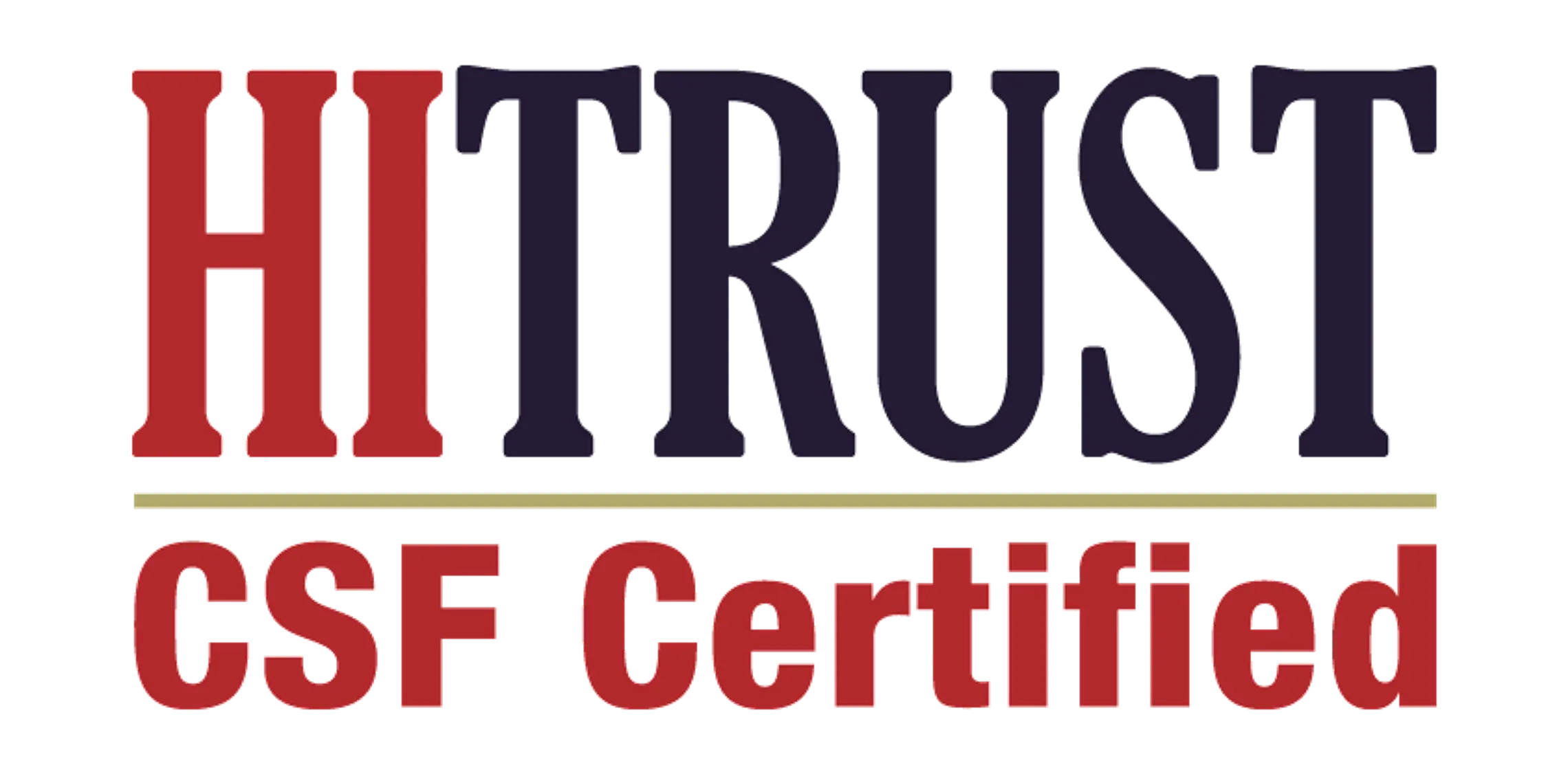Strategies to strengthen validation of patient eligibility

To discover the correct protection and provide the finest medical treatment to their patients, medical practitioners must concentrate on an ever-changing patient eligibility verification procedure. While the clinical community attempts to provide adequate and timely treatment, billing procedures are sometimes overlooked. The complicated practice of invoicing, maintaining eligibility, and filing (or re-submitting) insurance payouts can divert both patients' and the practice's attention. If an insurance claim is postponed or rejected after a procedure, the practitioner may lose money and the patient may have a negative encounter.
The most prevalent reason for an insurance claim postponement or rejection is inadequate data relating to patients' insurance eligibility verification. Using accurate data is a critical step in assuring timely and complete reimbursement for treatments given, as well as creating an improved patient satisfaction. Patient eligibility confirmation is a time-consuming and difficult process, but it is critical.
Nevertheless, by using the steps shown below, we may streamline the procedure and make it more effective.
Prepare ahead of time : Data processing, assessment, and documentation abilities are required for the patient eligibility verification procedure. The information on the patient who will get medical services or undergo medication must be acquired properly far ahead of the scheduled meeting or therapy date. The time advantage can assist you in identifying and filling in any information gaps that may arise.
Examine, reconsider, and reaffirm : Once we've gathered data on the clients' demographics and insurance coverage, you'll need to go over it attentively to look for mistakes, gaps, and ensure that the information is accurate. Before capturing the data, one must validate it using all available data sources and networks.
For reference purposes, keep a note of the data and any documentary evidence : The information acquired and evaluated must now be entered into a database or invoicing process for future referencing and usage. For future analysis, save backing evidence for the information. Capturing an image of the client's Insurance ID card, front and back, and preserving it in the documents is one example. The information can be used as a future reference to prevent misspellings and other mistakes in data entry.
Examine the patients' knowledge of their healthcare insurance : The patients' insurance policies may not always be completely understood by them. One can explain the strategy to them and make therapy suggestions based on their needs. In the future, this step might help yourself and the patient avoid unpleasant shocks.
Professionals should be consulted : Medical billing outsourcing firms have the knowledge and skill sets needed to enhance billing and increase effectiveness. Outsourcing the Eligibility Verification and Coverage Identification procedure to specialists might be a wonderful option if users are unable to allocate the current employees or lack competent people to handle this procedure.
VLMS Global Healthcare has grown to become one of the most dependable RCM implementation companies. VLMS Global Healthcare is anchored by its industry-leading technology, bespoke services, and enthusiasm for providing world-class solutions. Our in-depth approach enables us to guide value-added outcomes. Many remarkable instances have resulted from our knowledge and skills.






